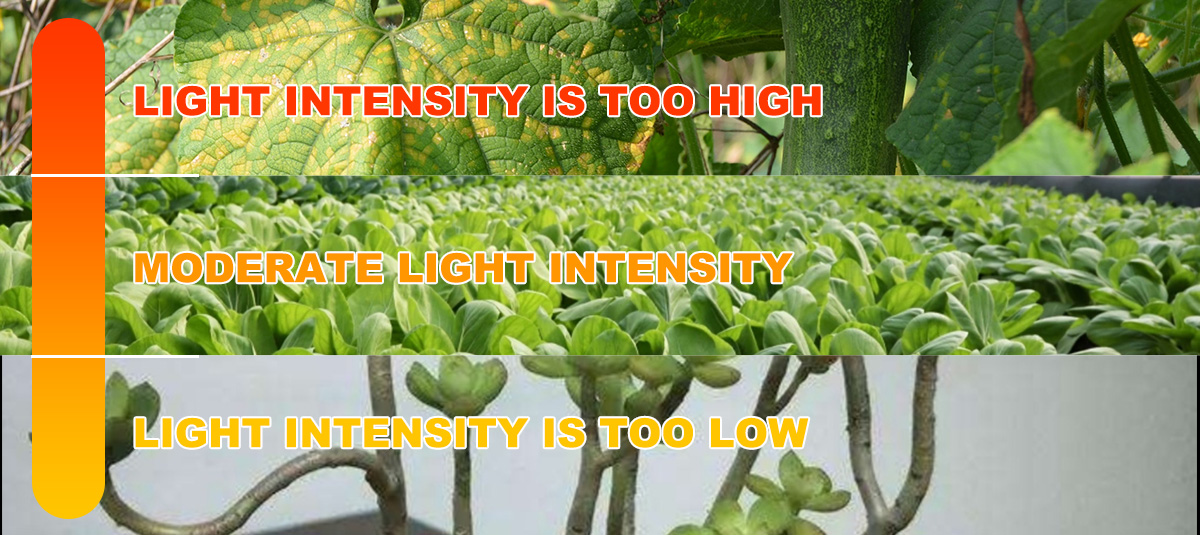Light is one of the indispensable and important factors in the growth process of plants. However, how does the intensity of light affect the growth of plants?
Photosynthesis and light intensity

Photosynthesis, the process by which plants convert light energy into chemical energy, is the process that supports the growth of plants. And the light intensity directly determines the speed of photosynthesis. When the light intensity is moderate, the photosynthesis rate is the highest and the plants grow the fastest.
But what if the light intensity is too low? The photosynthesis rate decreases, the plants become listless, and the growth rate slows down.
Tomatoes grown in low light environments have light color leaves and slow growth. Tomatoes grown in high light intensity environments have dark green leaves and vigorous growth.
The needs of different plants for light intensity
Different plants have different needs for light intensity. Shade-tolerant plants such as ferns and some indoor ornamental plants do not require high light intensity. However, sun-loving plants such as sunflowers and tomatoes require strong light to grow normally.
For example: ferns tend to turn yellow under strong light, but thrive in a cool environment. Tomatoes grow too long in low light and have a low fruiting rate, which is really a headache.
The impact of too high or too low light intensity

Too high or too low light intensity will have a negative impact on plant growth. When the light intensity is too high, plants may suffer from light burns, and the leaves will turn yellow, dry up, or even fall off. For example, in the hot summer, the strong sunlight at noon can burn the leaves of plants into charcoal.
When the light intensity is too low, plants will grow too long, with slender stems, sparse leaves, and slow growth. For example, in winter, when there is insufficient light, indoor plants often grow poorly and look pitiful.
Light is so important, so if you want to go on vacation or just want to lie at home today, is there any way to adjust the light remotely? Of course there is!
Product recommendation: VQ-MG4B3 dimming controller

Product introduction: VQ-MG4B3 dimming controller is a single-group 4-channel wireless host controller with remote control function. Whether you are in the office or on vacation, you can easily adjust the settings of the plant lamp to ensure that the plants grow under the best conditions. Its unique environmental monitoring function can sense temperature and humidity in real time, and can adjust the spectrum to ensure the best growth environment for plants.
Product function:
1. Single-group 4-channel adjustable spectrum, touch screen operation.
2. Support to control locally and wirelessly, and equip with a gateway for remote wireless control.
3. Multi-stage timing dimming.
4. Temperature and humidity monitoring.
5. Sunrise and sunset settings.
6. Switchable 0-10V and PWM output signals.
The intensity of light is self-evident for the growth of plants. Reasonable adjustment of light intensity can effectively promote the healthy growth of plants and improve the planting effect. Remotely adjusting the light intensity of plant lamps not only facilitates our lives, but also ensures that plants grow under the best conditions.























